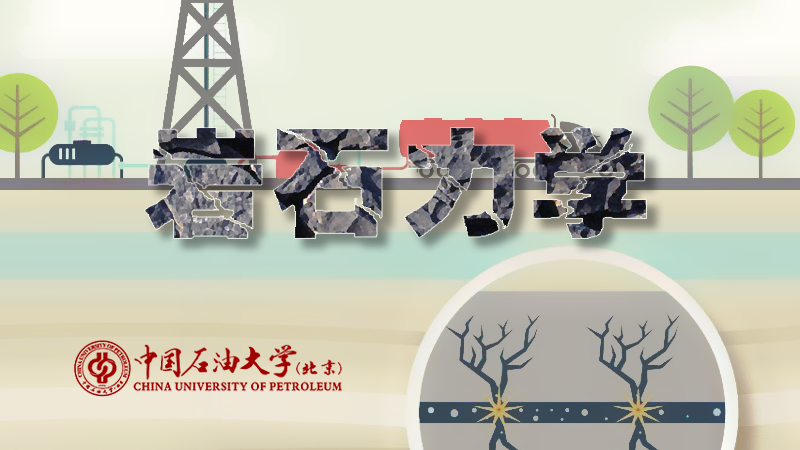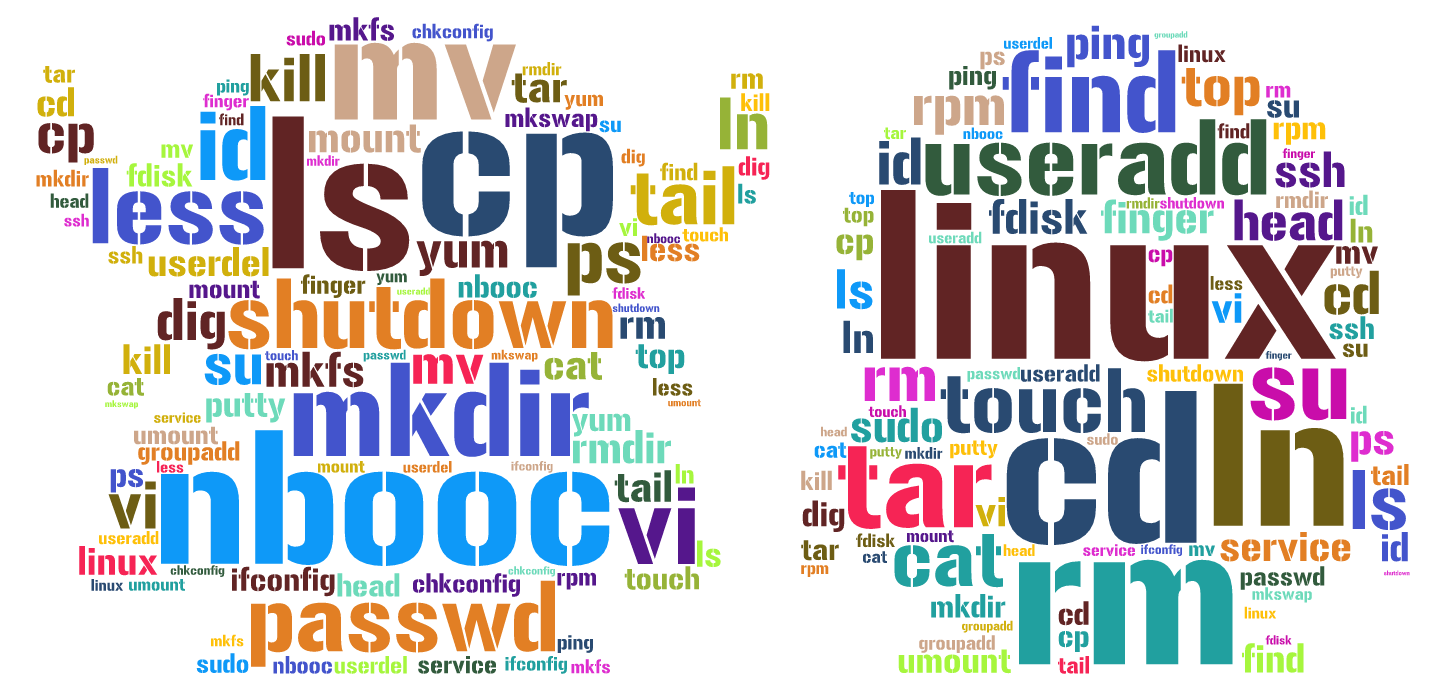
当前课程知识点:环境工程专业英语 > 2. Wastewater Treatment > 2.8 Anaerobic biological treatment processes > 2.8 Anaerobic biological treatment processes
大家好今天我们讨论
厌氧生物处理
厌氧消化是细菌
(包括特定细菌和古菌)
在厌氧条件下对有机物进行生物降解
以形成营养和能量的过程
厌氧消化被广泛应用于废水处理工艺
包括硝酸盐和亚硝酸盐的还原
发酵过程产生挥发性脂肪酸
提高生物的除磷能力
和城市和工业废水中有机物的厌氧氧化
厌氧处理工艺已被用作
好氧处理的替代技术
以应用于各强度废物的处理
其优点包括节省能源
较低的生物质产量
所需的营养物质较少较高的容量负荷
以及作为高效的预处理
但厌氧过程也存在潜在的缺点
包括操作上的考虑
需要投加碱度
以及需要进一步的处理
整个厌氧过程包括三个基本步骤
第一步是水解第二步是发酵
这一步也被称为酸化
第三步是产甲烷
在水解阶段碳水化合物
蛋白质和脂质转化为单糖
氨基酸和低碳脂肪酸
在发酵阶段中间产物挥发性脂肪酸
氢气和醋酸会产生由发酵细菌
产乙酸菌和同步产乙酸菌
最后一步是产甲烷菌生产甲烷
让我们来看看厌氧技术的发展
这是化粪池的结构图
一般来说住宅区的废水会
最初在化粪池中进行沉降
然后溢流进下水道
并且定期清理沉积物
这里是沉积物
好氧接触池是完全混合式的反应器
使用了悬浮厌氧生物
这是混合或絮凝的除气装置
气固分离及固体循环
所以污泥停留时间比水力停留时间长
对厌氧流化床而言
这些颗粒会保持悬浮状态
并借助向上的高速度进行混合
较高的速度会使流化床
膨胀约25%到300%
厌氧流化床适用于处理
可溶性污染物或易降解的小颗粒
上流式反应器底部有污泥层和紧密的
颗粒状厌氧生物质进行了充分混合
由于升流速度较快
以及沼气的产生
此处顶部的三相分离器
将颗粒状固体从混合物中分离出
并收集沼气
厌氧生物转盘不同于好氧生物转盘
此时所有的转盘都浸入废水中
并在反应器中缓慢旋转
反应器在厌氧条件下运行
上部有一个气体收集室
污水在水平方向流动
所以生物反应器不需要设置很高
膨胀颗粒污泥工艺是改良的UASB工艺
该工艺出水可循环上升流速高
可使反应器内颗粒实现流化
较高的流速能够提高混合效果
用于通过改进混合情况来处理可溶物质
减少死体积并增加其
从液体到颗粒状生物膜的扩散速率
但在捕获胶体和颗粒固体方面不如UASB
这是IC反应器
它由两个串联的UASB反应器组成
每一个都在顶部设有气相分离器
第三类是厌氧折流式反应器
挡板用于引导废水进行升流
通过一系列的升流式厌氧污泥反应器
反应器中的污泥随着
气体的产生和流动而上升和下降
但通过反应器的速度很慢
第四种是混合式反应器中
使用悬浮或絮状的厌氧生物
这里是合成的膜
固液分离并对固体进行循环
能提供长的污泥停留时间
和短的水力停留时间
污泥层的污泥停留时间超过30天
而水力停留时间在4-8小时内
设计处理的COD负荷为5-20 kg/m3.d
升流速度为1-6 m/h
反应器高度一般为5-20米
但UASB反应器也有缺点
我们可以看到较差的上升流
低负荷状态下传质不良
以及较长的启动时间
我们不需要这么长的启动时间
4-6个月的时间太长了
在温度波动下的耐受性较差
最后是抗冲击负荷能力较差
因此膨胀颗粒污泥床
可以作为UASB的一种改良形式
它克服了USAB系统的缺点
通过循环获得更快的升流速度被设计
应用于通过污泥床的废水
通过再循环的流量增加实现
污泥层的部分膨胀
增加废水和污泥的接触以及强化
污泥床上非活性的小悬浮颗粒的分离
此外相比于UASB
EGSB有更优质的颗粒污泥和更高的效率
现在让我们看看我之前提到的IC工艺
IC工艺由两个串联的UASB反应器组成
每一个都在顶部有气相分离器
我们可以发现这里有
一根从顶部腔室到底部入水口的下水管
以及一根从第一个气相分离器
到顶部腔室的提升管
以形成循环和保证较高的升流速度
在较低部的颗粒污泥层中
IC反应器能够提高传质效率
并防止污泥在高负荷时流失
今天的课就到这里同学们下节课见
-1.1 Introduction of water resource
--1.1 Introduction of water resource
-1.2 Conventional drinking water treatment
--1.2 Conventional drinking water treatment
-Task 1
-2.1 Introduction of wastewater
--2.1 Introduction of wastewater
-2.2 Introduction of wastewater treatment
--2.2 Introduction of wastewater treatment
-2.3 Physical unit process
-2.4 Chemical unit process
-2.5 Fundamentals of biological unit processes
--2.5 Fundamentals of biological unit processes
-2.6 Suspended growth biological treatment processes
--2.6 Suspended growth biological treatment processes
-2.7 Attached growth biological treatment processes
--2.7 Attached growth biological treatment processes
-2.8 Anaerobic biological treatment processes
--2.8 Anaerobic biological treatment processes
-2.9 Nutrient Removal processes
--2.9 Nutrient Removal processes
-Task 2
-3.1 Smog
--3.1 Smog
-3.2 Visibility and haze
-3.3 Particle size
-3.4 Climate change
-Task 3
-4.1 What is solid waste
-4.2 Issues in solid waste
-4.3Management of solid waste
--4.3 Management of solid waste
-4.4 Source control of solid waste
--4.4 Source control of solid waste
-4.5 Collection and transportation of solid waste
--4.5 Collection and transportation of solid waste
-4.6 Waste treatment technology
--4.6 Waste treatment technology
-4.7 Destination of solid waste treatment
--4.7 Destination of solid waste treatment
-Task 4
-5.1 A brief introduction of research
--5.1 A brief introduction of research
-5.2 How to read scientific papers and management of references
--5.2 How to read scientific papers and management of references
-5.3 Research proposal (1)
-5.4 Research proposal (2)
-Task 5
-6.1 What makes a great paper
--6.1 What makes a great paper
-6.2 Writing style of journal paper
--6.2 Writing style of journal paper
-6.3 Research article structure
--6.3 Research article structure
-6.4 Figures and tables
-6.5 Methodology(1)
-6.6 Methodology(2)
-6.7 Result
-6.8 Introduction(1)
-6.9 Introduction(2)
-6.10 Discussion and conclusion
--6.10 Discussion and conclusion
-6.11 Title
-6.12 Attribution
-6.13 Abstract and acknowledgement
--6.13 Abstract and acknowledgement
-6.14 Submission of academic paper(1)
--6.14 Submission of academic paper(1)
-6.15 Submission of academic paper(2)
--6.15 Submission of academic paper(2)
-6.16 Publication of academic paper
--6.16 Publication of academic paper
-Task 6
-7.1 E-mail expression
-7.2 The structure of presentation
--7.2 The structure of presentation
-7.3 The delivery of presentation
--7.3 The delivery of presentation
-7.4 Question and answer session
--7.4 Question and answer session
-7.5 Chairing a conference


